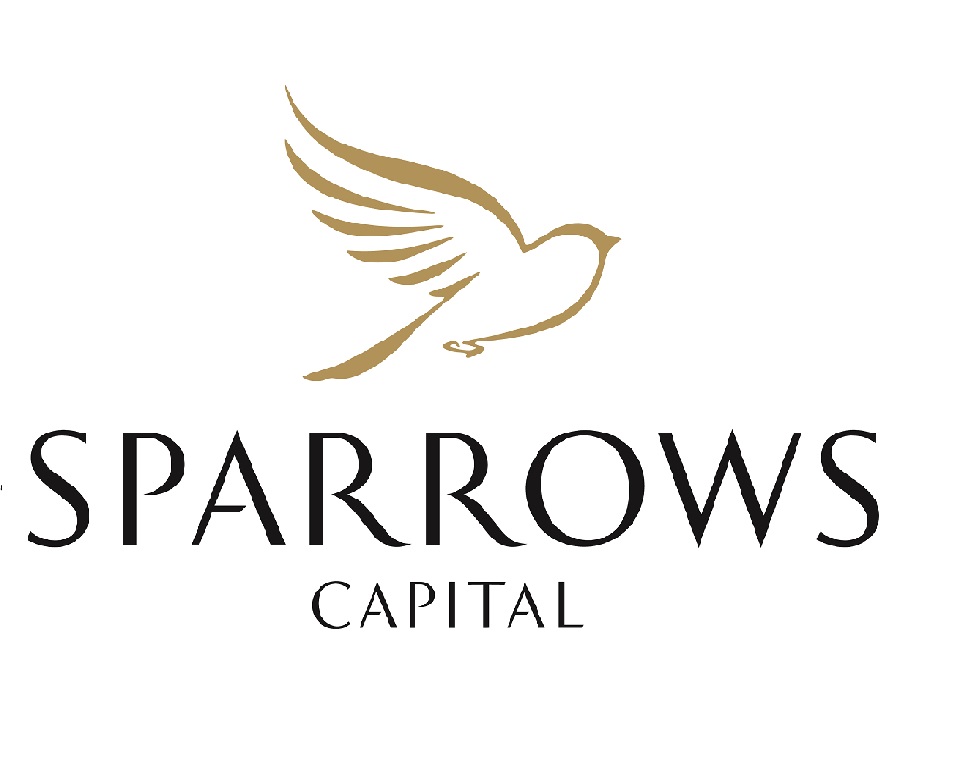From smart beta and ESG to active and thematics, the pace of ETF innovation seems to track the product class’s growing popularity among European investors.
ETFs in Europe are growing at a rapid rate with investors piling a record €48.2bn new assets in Q1 taking overall assets under management (AUM) to €1.2bn, according to data from Morningstar.
As part of this uptick, more investors are turning to non-traditional market cap weighted indices in areas such as ESG and thematics, in particular.
This, in turn, gives ETF issuers a whole variety of opportunities to offer innovative strategies that will capture the imagination of investors.
In the build-up to ETF Ecosystem Unwrapped on 26 and 27 May, ETF Stream asked five fund buyers the developments they expect to see in the European ETF landscape in the coming years.
1. The dust settling on ESG
Unsurprisingly, environmental, social and governance (ESG), and how this product class will settle into the European investment universe, remains front-and-centre for most investors.
Lynn Hutchinson, senior collectives analyst (passives) at Charles Stanley, called for an end to the seemingly perpetual expansion of the ESG product roster and asked instead for ETF issuers to focus on quality over quantity.
“I see these being updated methodologies going forward – there will not be enough money to enter all considering the amount of launches,” Hutchinson said.
In the view of Raymond Backreedy, CIO at Sparrow Capital, ESG launches in equity and fixed income will rattle on further but he said the next step should be to improve the data-gathering that underpins ESG index construction.
“The challenge here is still on taxonomy, data and overarching responsible/sustainable framework that governs the index and hence the ETF products,” Backreedy continued. “There is a lot more to be done in this regard.”
Peter Sleep, senior investment manager at 7IM, expects another challenge to be the lack of consensus on ESG definitions.
For instance, can French and German issuers agree on whether nuclear power is ESG-compatible? And can countries such as Germany with its coal usage and the US with its oil production be included within ESG indices?
Like Backreedy, Sleep said he expects the roll-out of ESG products to continue, including blockchain verified, ethically sourced commodity ETCs, thematics targeting companies with the best environmental impact and governance, and carbon-offset core allocations.
“In many respects this is interesting as offsetting carbon by planting trees has a greater and identifiable economic impact than simply excluding companies,” Sleep said on the latter. “It does however come at a cost and it will be interesting to see if investors will pay.”
2. China corporate bonds
Another area highlighted by Sleep is the Chinese corporate bond market. He said innovation in China equities and sovereign bonds has been good in recent years with both markets offering strong returns relative to their developed market counterparts.
To capture the growth of Chinese companies and the rapid expansion of Sino fixed income products, Sleep expects to see a roll-out of ETFs targeting Chinese companies’ debt.
“All the building blocks are pretty much in place in traditional portfolios,” Sleep continued. “The one exception to this is Chinese investment grade and high yield corporate bonds.”
He added investors may have to wait a few years to see these products come to fruition as the necessary infrastructure is not yet in place but noted China is the world’s second-largest corporate bond market and could offer another avenue for fixed income portfolio diversification.
3. True high quality dividend strategies
Meanwhile, Hutchinson suggested an overhaul of an existing product class – dividend ETFs – by tracking the performance of equities with strong fundamentals instead of high distributing companies.
“The problem with high dividends is that a dividend of over say 6% tends to be at risk of being cut,” Sleep added. “A high yielding dividend is usually because the stock price is falling for some reason which makes the historic dividend yield look high.”
Sleep noted Carillion looked like a high dividend yield stock on the day it went bust.
Also, commodity companies delivered high dividends up until the mid-2010s, which evaporated as commodity prices began to fall. The ETFs based on high historic dividend yields suffered as a result.
Dividend hikes a draw for FTSE 100 ETFs
The fund buyers said a weighting scheme that accounts for dividend durability and growth is probably most appropriate – and look at metrics such as dividend cover, balance sheet strength and forecast earnings and dividend growth.
“The challenge for any issuer is to come up with combination of fundamentals that deliver a higher dividend, some price performance and is easy for investors to understand,” Sleep said.
4. High conviction emerging market plays
Backreedy said we have seen a saturation of ETFs covering the core market cap space, along with regional and main country geographies.
With a growing number of ETFs targeting countries such as China directly, Backreedy predicted issuers to launch more single country emerging market (EM) exposures, so investors can express their convictions on individual economies.
In terms of equity strategies, these products exist but are far more costly than broad EM exposures. For instance, the Xtrackers FTSE Vietnam Swap UCITS ETF (XFVT) has a total expense ratio (TER) of 0.85% and the cheapest in class, Lyxor MSCI Taiwan UCITS ETF (TWN), has a TER of 0.45%.
TWN also illustrates another risk with single-country exposures – over-concentration – with the product having a 28% weighting to Taiwan Semiconductor alone.
Taiwan ETF sees outflows as stock market suffers record losses
On the fixed income side, Backreedy said: “ETFs along regional or single country exposure with maturity/credit spectrum that allows for duration targeting in allocation would be a welcomed development.”
5. The return of alternative assets
Finally, Matt Brennan, head of passive portfolios at AJ Bell, said the limiting factor he faces in building a truly multi-asset portfolios is the lack of access to alternative investments through the ETF wrapper.
“By design these alternatives need to be liquid, but we think there is a gap for better offerings in areas such as infrastructure and property,” Brennan said. “We also see potential for innovation delivering absolute return, such as long-short equities, managed futures and strategic bond products, alongside other niche areas such as private equities and hedge funds.”
JP Morgan shut its alternative ETFs in 2020 due to a lack of growth but Brennan argued ETFs offering alternative exposure in the current bond environment would be welcomed.
Echoing his views, Weixu Yan, investment director at Close Brothers Asset Management, said: “It is unclear why a strategy like CTA, based on liquid futures, could not be featured in an ETF.
“Investors have a perception of ETFs being solely passive, and alternatives are typically allocated to an active manager,” Yan added. “I believe it is this perception that hinders some of the asset gathering for the ETFs – though ARK is slowly defying that perception.”
Brennan concluded: “Some alternative strategies are hard to access through a rules-based approach, and this may encourage the growth of ‘active’ or semi-transparent ETFs within Europe.”







